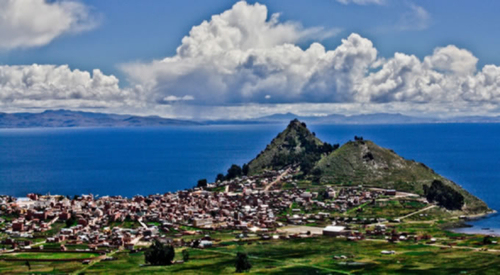
A highlight of any trek through the Andes is the clear, sparkling waters of Lake Titicaca and the way you can Travel Copacabana. Lake Titicaca sits high in the Andes and is the highest navigable lake in the world, as well as the largest high altitude lake in the world and the largest lake in South America. It was a sacred site to the Inca and the Tiwanaku people, and in modern days serves as a number one pilgrimage site for Catholic Bolivians. A tour from the window of a bus or car cannot do this wonder of the natural world justice; the best way to take it all in it is on foot.
Here are four excellent routes to explore this majestic and mystical lake the same way Incas, pilgrims and wanderers have for thousands of years.
The Stations of The Cross
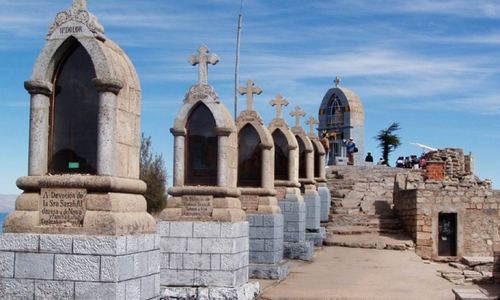
The hike up Cerro Calvario is a sacred undertaking for many Bolivians, especially on Good Friday, when a massive procession climbs the hill in a solemn observance of the Catholic holiday. Even outside the holiday, the hike is a strong draw for pilgrims, penitents, and explorers of all stripes. Each of the “Stations” is a small shrine to each of the times Christ is said to have set down the cross on his way to crucifixion.
The trail begins at the beautiful, moorish-inspired Cathedral of The Virgin of Copacabana. On the way up, it is not uncommon to find various fortune tellers and traditional priests, carrying out rites and rituals that predate the Spanish conquest. When you reach the summit of the hill, Cerro Calvario offers amazing views of the lake and town. From there you can return the way you came, or follow a path that winds along the lake shore back into town.
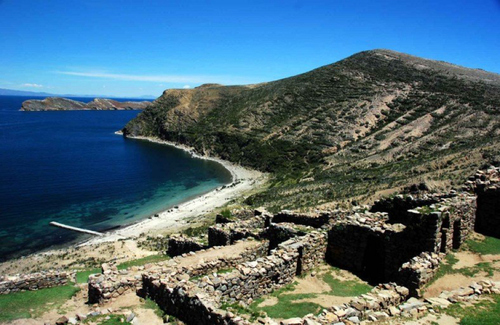
According to Inca Legend, the Isla del Sol (Intinkala in Quechua) was the birthplace of the Sun, Inti, the most important god of the ancient pantheon. This island without cars seems like it is frozen in time, with well preserved ruins and small farming communities dotting its landscape. The weather is almost perpetually sunny, living up to the legends and the name of the island.
Soon after you land you will come upon a spring which was thought to be the legendary fountain of youth by the Spanish and Inca. Many of the ruins of the island predate even the Inca themselves, instead of belonging to the ancient Tiwanaku kingdom before it was conquered by the Inca. Deeper in, you can find the Inca labyrinth of Chinkana.
It costs about $3 total in boat fares and the entry fee to explore the island, but the price is well worth experiencing a paradise without the noise of cars and the smell of smog.
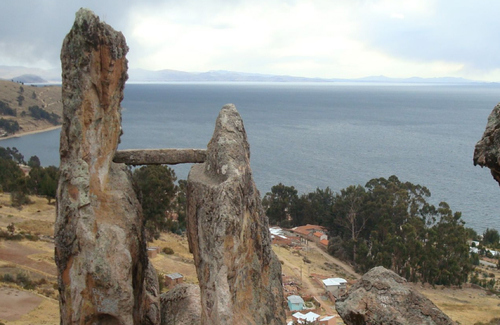
The name of this site is actually a misnomer. When the Spanish discovered Pachataqa, they thought it was an Inca execution site, giving it the name “Horca del Inca” or “Inca Gallows” In reality, this strange rock structure was an observatory of sorts, as well as a sundial and calendar, created by the pre-Inca Chirpa culture more than two thousand years before the Inca. Much of the original building is gone, leaving only a few pillars, but it is by far one of the most ancient sites in the Americas.
The hike up is steep and strenuous, and the “Horca del Inca” can be a bit difficult to find, so hiring a local guide is advised (and will benefit the local economy!). The view is amazing, and if you arrive at the right time, during the solstice, you can view the sun in its reflection in the rocks.
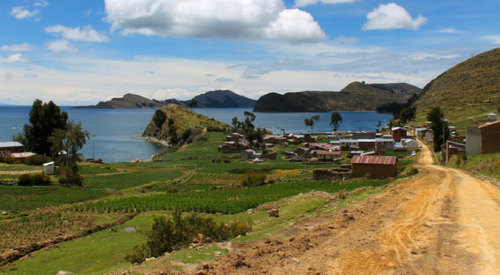
The road to Yampupata is long, but it can be quite a rewarding and relaxing hike for people who like to get around by foot. Yampupata is a small village about 17 kilometers (10.6 miles) north of Copacabana. The hike follows the scenic Yampupata peninsula, giving great views of the Isla del Sol and Isla de la Luna, the legendary birthplaces of the Sun and Moon.
You will pass by, and can visit, old Inca baths, sparkling white sand beaches, and locals who may offer rides on their reed boats for a small fee. While the trail is long, it is mostly fairly flat and easy, with only a few mild hills, so if you’re used to longer hikes it should be no problem.
Yampupata is also an excellent jumping off point for a trek on Isla del Sol, as the town is just a quick boat ride across the strait to the village of Yumani, the main settlement on the island.
The beauty of Lake Titicaca and Copacabana is best reached through Peru Hop’s connection with Bolivia Hop, which lets you get off at any stop along your journey and spend as long as you like before hopping back on and continuing to your final destination.
BOOK A LAKE TITICACA TOUR NOW
